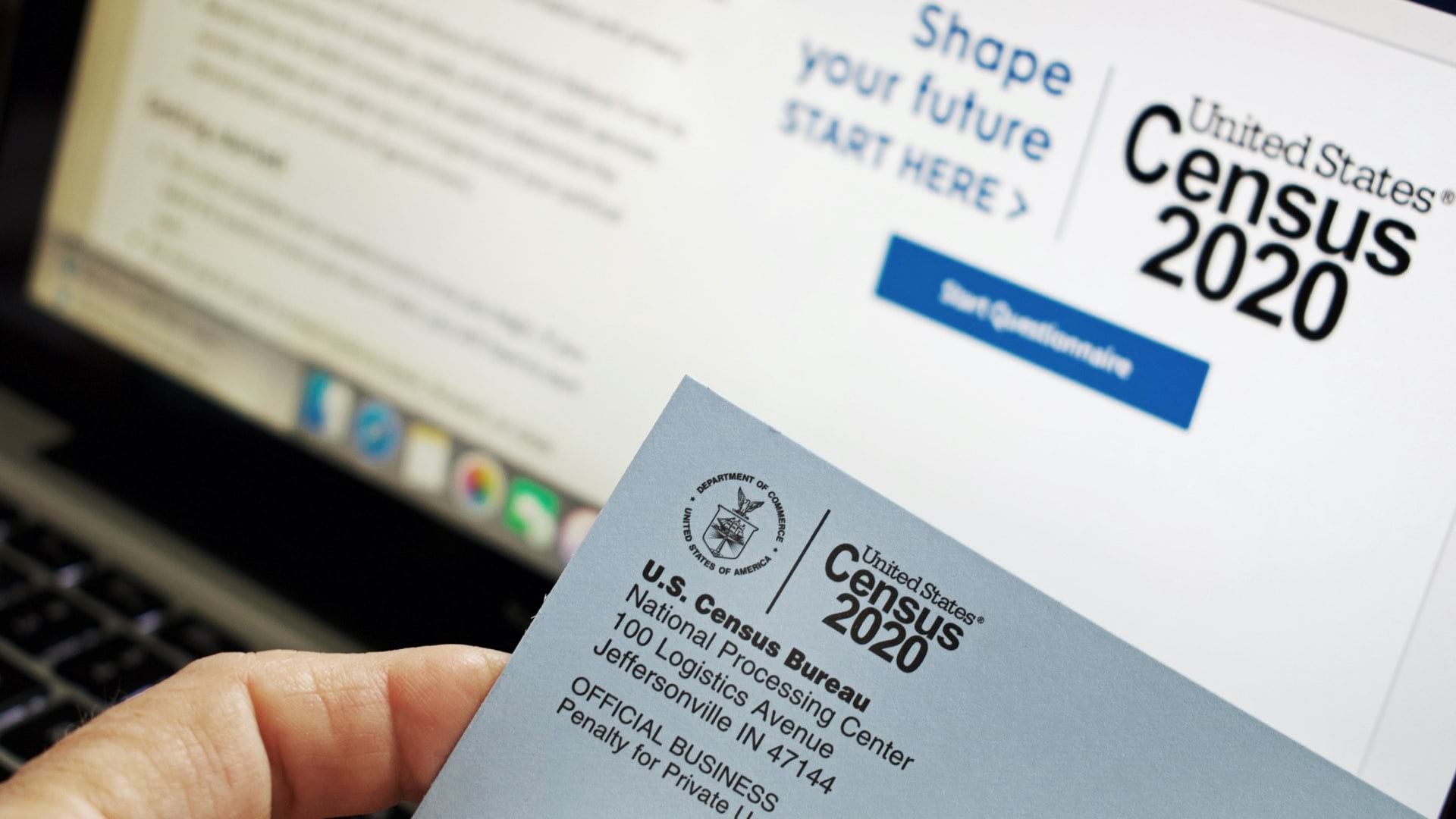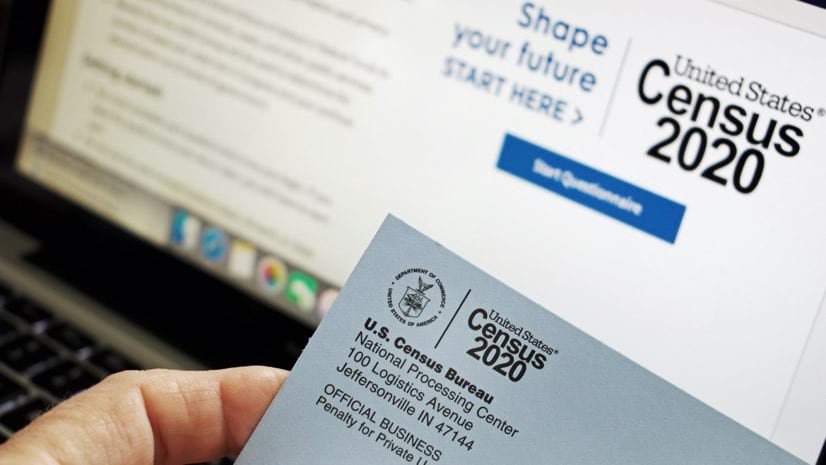An enterprise technology powered by geography is helping connect California renters and landlords with COVID-19 relief funds, and professional services firm Horne LLP is at the center of the effort.
The pandemic’s impact on health and economic well-being has inspired relief efforts on an unprecedented scale. At the national level, trillions of dollars have been allocated to various forms of relief, with state and local governments often acting as the link between federal aid and local recipients.
But with so many programs in play, officials face the challenge of connecting the right people to the right forms of relief—and doing so as quickly as possible. In California, Horne is using location intelligence to ensure that happens.
Assistance in a Time of Need
Through several COVID relief packages, Congress has earmarked funds for everything from vaccine purchases to grants for farmers, airlines, unemployed workers, and small businesses.
One such program provides direct assistance to landlords and renters negatively affected by the pandemic. That effort included $2.6 billion for California to help lower-income residents cover rent costs.
Landlords and tenants can apply for direct relief under the initiative, officially known as the CA COVID-19 Rent Relief Program. If the landlord qualifies, they can receive 80 percent of an eligible tenant’s unpaid rent dating back to April 2020. If the landlord does not apply, a renter can do so themselves. If eligible, they’ll receive 25 percent of their past-due rent, which qualifies them for eviction protection under another state statute. (They can also receive partial coverage for future rent and for past utility bills.)
Government programs haven’t always had a reputation for speed, but under the strain of the pandemic, many households need quick relief. Recognizing this, CA Housing and Community Development partnered with Horne to make the application process as efficient as possible.
That effort is apparent on the program’s website: the landing page provides a succinct explanation of rent relief, then offers residents a simple path to follow based on whether they are a renter or a landlord.
Once the applicant makes that selection, geography plays an important role in the next step.
Location Intelligence Guides the Way
Consumers have grown accustomed to the benefits of location intelligence in their online activity—posting Instagram photos tagged to the park where they take fitness classes, or using their phone to view a map of restaurants providing curbside pickup. Now, location context is cutting through the complexity of applying for relief funds and speeding assistance to those who need it.
In the case of the CA COVID-19 Rent Relief Program, location intelligence helps preempt what could be a confusing process. Because some cities and counties have chosen to administer the program themselves and others have ceded that responsibility to the state, it’s important to direct applicants to the right path.
Horne and CA Housing and Community Development did so by incorporating a smart map into the website. Powered by a geographic information system (GIS), the map understands which jurisdictions are administered by the state and which are handled by local officials. The applicant simply types an address or clicks on the map, and instantly sees the appropriate next steps. A user in Stockton, for instance, finds a direct link to Stockton’s Emergency Rental Assistance Program. A resident of El Centro is steered to apply through the state.
Simplicity Breeds Speed
By incorporating location intelligence into the rent relief process, Horne and the state of California hope to cut down on confusion, deliver quicker coverage decisions, and ultimately connect applicants with funds more quickly.
“We’re applying a simple app to solve a problem which, in turn, is helping to speed distribution of COVID relief funds,” explains Lori Cunningham, a senior manager within Horne’s government services group. The GIS-based map is an example of how service providers like Horne and the state of California can innovate quickly and effectively, she says.
At a time when so many people face financial strain, that kind of service—and the location intelligence that supports it—can be a big relief.











